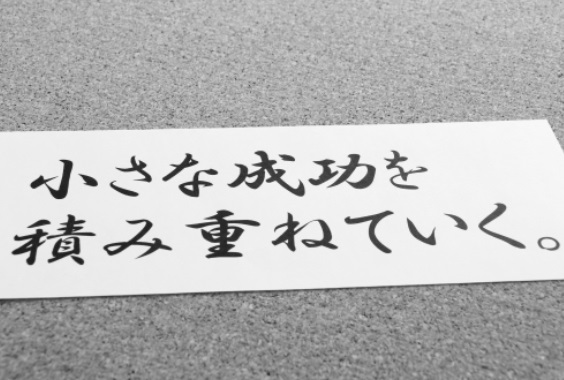The table summarizes the plain form and polite forms of nouns, verbs, Na adjectives, and I adjectives.
If you have any questions, ask them for free! ➡ Japanese Question Form
KEY:
この適切な活用が、日本語を難しくしている原因のひとつです。活用には一定のルールがありますので、考え方さえ理解していれば、難しくはありません。

Optimized matching technology
We have developed an arrangement optimization system that carefully analyzes a student’s preferences and requirements.
Our system then matches the student with the perfect tutor who can best meet his or her preferences and requirements.
With this, students don’t have to spend countless hours searching for a teacher.

Classes for Learning Japanese in Okinawa
In this day and age when we can look up information from all over the world on the Internet, it

6 Japanese Foods You Must Try When You Come to Japan
Japan is known as a country of gastronomic delights, and while it is possible to eat cuisine from all over

What is the difference between shrines and temples, and “Goshuin: red seal”?
Shrines and temples have existed alongside the lives of Japanese people since ancient times, and have become familiar to them

Yamaguchi Prefecture: A Melting Pot of Traditional Customs and Culinary Wonders
Yamaguchi Prefecture is home to the “Iwakuni Base,” where nearly 10,000 U.S. military personnel and their families live. There are






